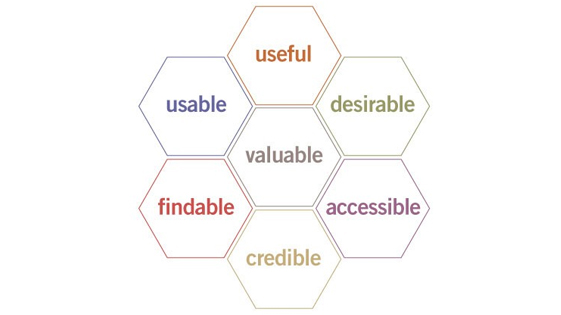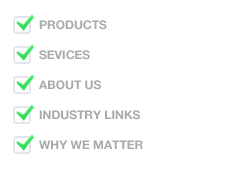 He believes the focus from information architecture (IA) to user experience (UX) is critical in “helping clients understand why they must move beyond usability” in their website design. Once you understand the value in a website structure that targets customers, the decision to refresh and reorganize your website is a no brainer.
He believes the focus from information architecture (IA) to user experience (UX) is critical in “helping clients understand why they must move beyond usability” in their website design. Once you understand the value in a website structure that targets customers, the decision to refresh and reorganize your website is a no brainer.Before You Begin
Whether you are organizing web pages for a startup company or reorganizing your site to increase your traffic, garner more leads, and generate sales, there are important considerations before you begin. You want to land with a website structure that reaches beyond your visitors and takes them on a “journey” in which customer satisfaction leads to business rewards. Let’s take a look:
Inventory your content
Website structure is based on your products and services, the unique messages you wish to share with your visitors, and your audience (customer) and purpose. This step in content planning (back to IA) will guide you to create viable structure.
Begin with an outline
Review your business plan and establish an outline for your website navigation. Collaborate with your peers, brainstorm, and document your discussions in a rough outline.Create a sitemap
Use a sitemap creation tool to organize your outline into a visual, hierarchical sitemap that can easily be modified as you dig deeper in the planning of your website structure. Start with the main categories (like Home, Products, About, and Contact) and then begin to add subcategories beneath your main categories. Keep in mind Morville’s User Experience Honeycomb as you design a sitemap for superior user navigation and UX.
🎬 Learn what Slickplan can do!
We filmed a short video to show you exactly how to use Slickplan
Designing for Unparalleled User Experiences
In order to organize web pages into a usable and valuable structure targeting your customers, some research is needed. Understanding your audience is critical. You need to know what motivates your potential customers. You must understand their behaviors as well as their needs. Next, build logical user flows with your customers in mind. Consider the path you want them to take when they land on your pages, using these tips:
- Ensure your website structure coincides with your products, services, audience and purpose
- Optimize your structure (SEO) to align with search data; what specific keywords are your customers entering in search engines
- Organize your pages based on audience’ needs and usability
- Place yourselves in the position of your customers when they visit your site; what are they looking for and how will they get there
- Plan your website structure around content rather than writing content to fit structure
- Use clear and consistent naming conventions for navigation, pages, and headings
Think visually. Improve UX with Slickplan
Build intuitive user flows, stronger customer journeys and improve information architecture.




 X
X

